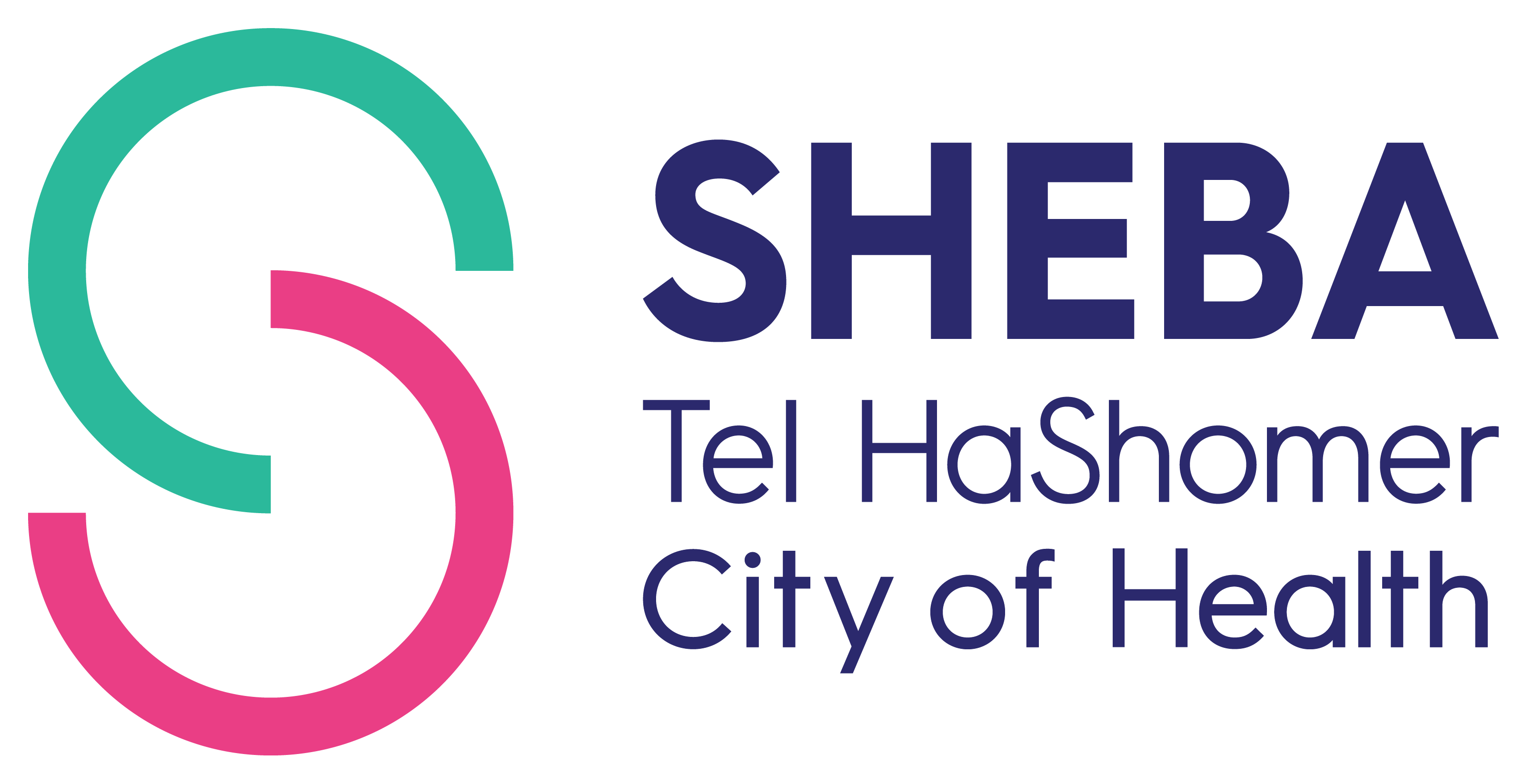Isokinetic Laboratory for Muscle Diagnosis and Rehabilitation
Clinic Hours:
Sunday to Thursday, 8:00-14.00
Location:
The Rehabilitation Building, Entrance floor, Rehabilitation Activities
The Isokinetic Service enables an accurate assessment of muscle performance in terms of strength and endurance. With the aid of precise computerization, the test measures muscle strength and endurance under stress conditions, including high angular velocity and explosive force. Widely used in sports medicine, the test is also used in rehabilitation medicine, orthopedics and neurology.
Isokinetic movement is movement at a constant speed. Such movement is not physiological, but the use of the isokinetic principle allows us to gain a quantitative assessment of muscle performance.
The test is valuable in the early detection of relative weakness in a muscle group or in the detection of asymmetry between sides.
This weakness is usually not noticeable in day-to-day activities. However, during exertion, there is a possibility of injury due to the muscle's inability to handle the load placed on it.
In our laboratory, we provide diagnosis for the following muscle groups: shoulder, elbow, wrist, hip, knee, ankle and subtalar joint in the foot. According to the test findings, we create a treatment plan aimed at improving strength and endurance indicators.
The importance of testing for athletes
In sports medicine, isokinetic testing is used for healthy and injured athletes alike.
In healthy athletes, the test is used to identify any asymmetry or deviation from accepted strength ratios, which could indicate a previous injury or an existing pathological process that may significantly raise the risk of injury. It also serves as a baseline to track the athlete's progress and can be used for comparison after a certain period of training and as a treatment target.
For injured athletes, the test can be a valuable tool to assess the extent of the injury throughout different stages of recovery. It allows for quantitative monitoring of the recovery process and enables adjustments to the rehabilitation plan accordingly.
Isokinetic Testing Device
The testing device comprises a lever, driven at a predetermined speed by a computer-controlled electric motor. A force or torque sensor is installed on the handle or motor shaft to measure the resistance exerted by the tested muscle within a range of motion and at predetermined speeds. Any muscular action, whether it be concentric contraction (shortening) or eccentric contraction (lengthening), that results in the connected body part moving at a speed greater than the predetermined threshold, creates resistance to the motor's action. This resistance is quantified by the sensation of force and converted into an electrical signal that is then visualized on the computer monitor.
For the system to accurately measure maximum muscle performance, it's important for the subject to exert maximum effort. In case of a lack of cooperation or partial efforts, the measurements may be lower and accepted strength ratios may be compromised.









